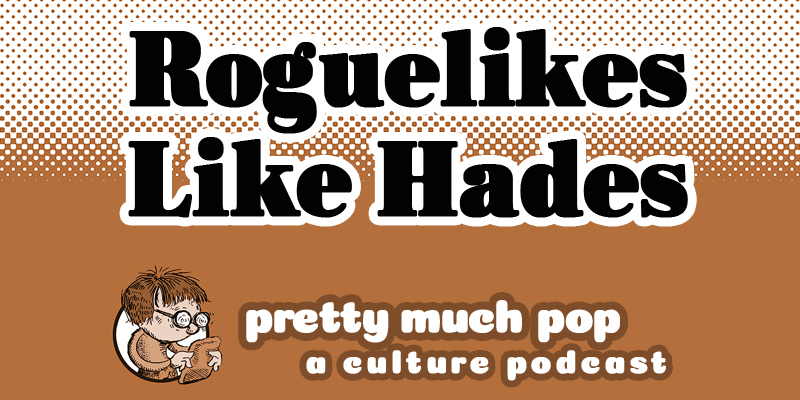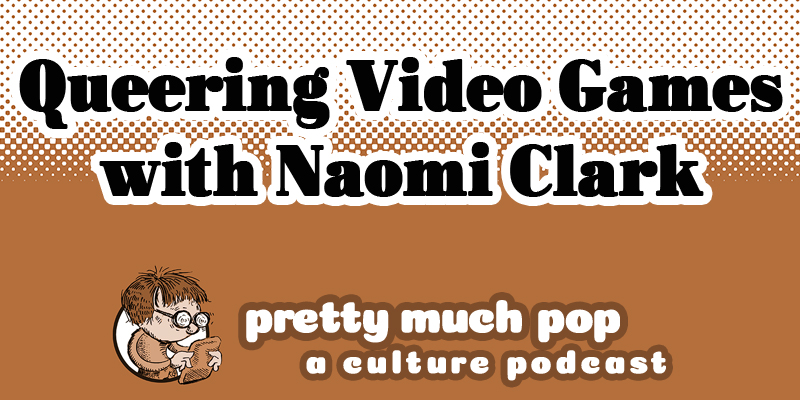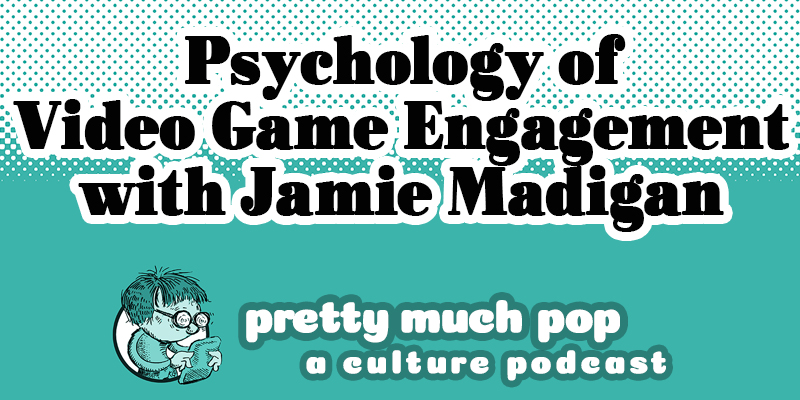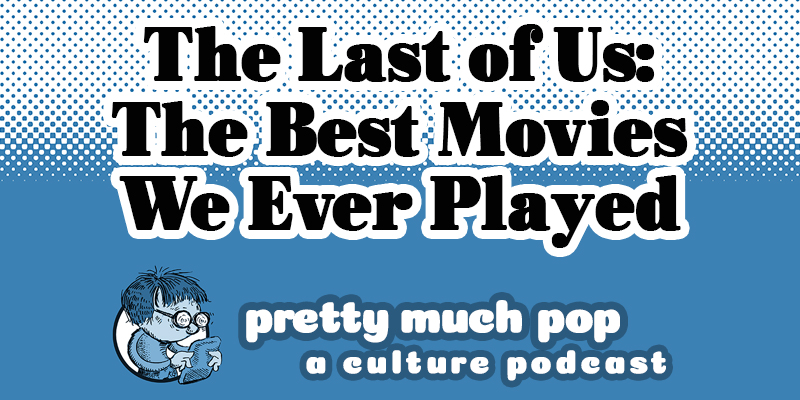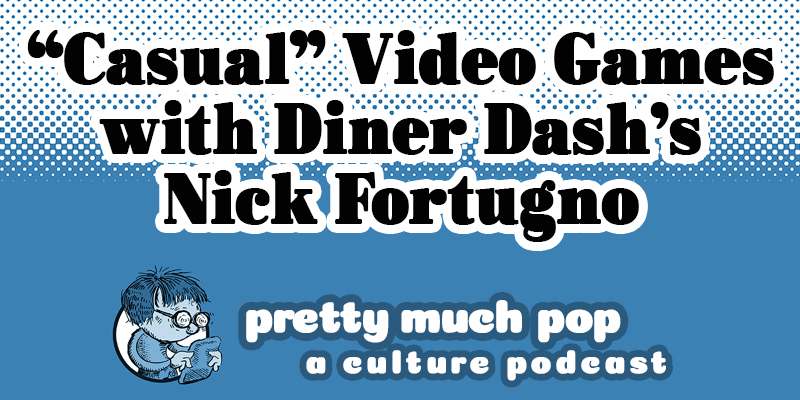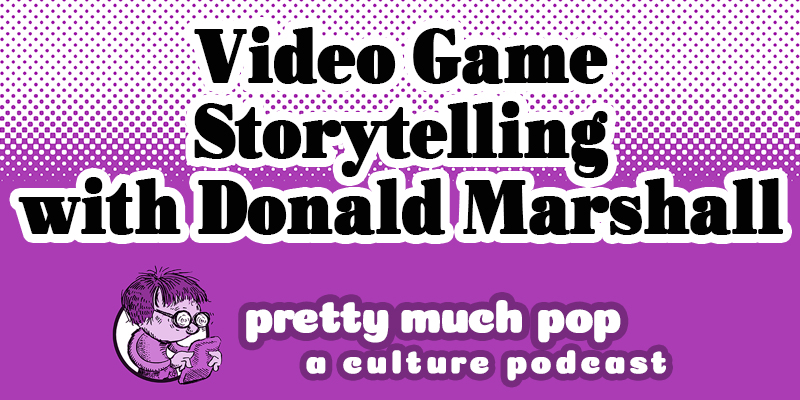Video games are starting to look and feel like movies: even those of us who haven’t gamed seriously in decades have taken notice. Nor has the convergence between the art forms — if, unlike the late Roger Ebert, you consider video games an art form in the first place — been lost on game developers themselves. While the most ambitious creators in the industry looked for inspiration from cinema even when they were working with relatively primitive digital tools, they can now pay practically direct homage to their aesthetic sources. Take Sucker Punch Productions’ Ghost of Tsushima, released this week for the Playstation 4, which features a selectable audiovisual mode “inspired by the movies of legendary filmmaker Akira Kurosawa.”
An ambitious production set on the titular Japanese island during a 13th-century Mongol invasion, Ghost of Tsushima casts the player in the role of a young samurai named Jin Sakai. “All the aesthetic and thematic conventions of samurai films are present and correct,” writes The Guardian’s Keza MacDonald, including “a story centered on honor and self-mastery; dramatic weather that sweeps across Japan’s spellbinding landscapes; standoffs against backdrops of falling leaves and deserted towns; screen wipe and axial cuts; quick, lethal katana combat that ends with enemies staggering and spurting blood before toppling like felled trees.” Kurosawa Mode presents the game’s hypnotically lavish visuals in a “grainy black-and-white,” and its dialogue in English-subtitled Japanese — just how many of us remember pictures like Seven Samurai, Throne of Blood, and Yojimbo.
Of course, some of us had no choice but to first encounter the work of Kurosawa and other 20th-century Japanese auteurs in versions dubbed into English. In an uncanny reversal of that awkwardness, the American-made Ghost of Tsushima’s Japanese-language dialogue comes out of mouths clearly synchronized to an English-language script. Western critics have taken the developers to task for that shortcoming, but Japanese critics have proven comparatively unrestrained in expressing their admiration. According to Kotaku’s Brian Ashcraft, not only did popular gaming site Dengeki Online “praise the game for its understanding of the period (as well as historical Japanese movies), it also lauded the game for how it brought the landscape and scenery to life.”
While MacDonald calls protagonist Jin Sakai “stiff even by stoical samurai standards,” Ashcraft points to a review in Japanese pop-culture site Akiba Souken which calls him not “the typical samurai of foreign creation, but rather, a real Japanese 侍 (samurai),” using “both the English ‘samurai’ and the word’s kanji to highlight this distinction.” Any Kurosawa fan will have a sense of the difference, and of the importance of one thing the game doesn’t get right. In a review headlined “There Is No Sense Of Discomfort In This Foreign-Made Japanese World,” gaming magazine Weekly Famitsu does note the game’s lack of “pauses in conversation that are typical of period pieces. That pause and that silence are key; in Japan, what isn’t said is just as important as what is.” Sucker Punch’s Ghost of Tsushima team must already know they should retain Kurosawa Mode for the inevitable sequel; all they need to work on is the unspoken.
Related Content:
How Akira Kurosawa’s Seven Samurai Perfected the Cinematic Action Scene: A New Video Essay
How Did Akira Kurosawa Make Such Powerful & Enduring Films? A Wealth of Video Essays Break Down His Cinematic Genius
Akira Kurosawa Painted the Storyboards For Scenes in His Epic Films: Compare Canvas to Celluloid
The Golden Age of Ancient Greece Gets Faithfully Recreated in the New Video Game Assassin’s Creed: Odyssey
Andrei Tarkovsky’s Masterpiece Stalker Gets Adapted into a Video Game
Based in Seoul, Colin Marshall writes and broadcasts on cities, language, and culture. His projects include the book The Stateless City: a Walk through 21st-Century Los Angeles and the video series The City in Cinema. Follow him on Twitter at @colinmarshall, on Facebook, or on Instagram.
